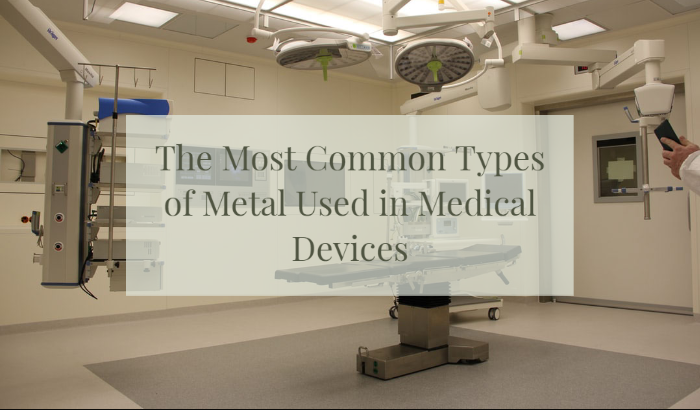What Is ASTM A666?
Leave a CommentStainless steel is commonly used in many different industrial applications. Approximately 80 million tons of it are recycled in the U.S. every single year. There are various forms of stainless steel and different regulations on how it can be manufactured. Austenitic steel is most commonly used for numerous applications and is held to a specific standard for its use, known as ASTM A666. Here’s what you should know about austenitic steel and regulations for its use.

What Is ASTM A666?
ASTM A666 is the specification standard for how austenitic stainless steel is heated and cooled for various applications. It states that this metal needs to adhere to certain requirements regarding chemical composition and should be formed into a thin steel sheet, bar, plate, or thin metal strips. This standard requires the metal to retain certain mechanical properties in regards to overall hardness, bending, elongation, tensile strength, and yield strength. The material is subjected to controlled-bend, tension, and free-bend testing.
ASTM stands for the American Society of Testing and Materials. The organization was started by Charles Dudley in 1898 along with a group of engineers and scientists. It was originally created to address the frequent rail breaks that were occurring in the railroad industry. As this organization grew, it created the official standards for all the other various metals that are used in industrial applications around the world.
What Is Austenitic Stainless Steel?
Austenitic stainless steel is an alloy that features austenite as its main crystalline structure. The austenite is stabilized with nitrogen, nickel, and manganese elements. They can’t be hardened by heat treatment and are considered non-magnetic and resistant to corrosion. They are typically cold worked to improve their overall durability.
This metal is commonly used to make cookware, automotive trim, industrial equipment, and food and beverage equipment. Certain grades of steel are used for storage vessels, tanks, and indoor architecture. The specific uses will depend on the amounts of additional combined metals that help stabilize the steel.
ASTM A666 ensures that the standard of use for austenitic stainless steel remains consistent across the board for various industrial applications around the world. This ensures the highest quality during the manufacturing process on an international basis. By meeting certain standards, customers can be assured that the products they buy are highly valuable and will last them for as long as they need.
The Most Common Types of Metal Used in Medical Devices
Leave a Comment
Advancements in medical technology are helping people live longer and healthier lifestyles. These innovations are made possible through the applications of thin metal strips in medical devices. As the sheet metal market continues its annual growth rate of 4.09% each year, newer technologies in the medical field will be able to be developed to improve people’s lives. Here are the most popular types of thin sheet metal used in medical devices.
Titanium
Titanium is the most popular metal used in medical devices, especially for internal use in humans. It can resist corrosion and connect with human bones with less risk of rejection than any other metal, including stainless steel. This metal can be used in implanted devices that dispense medicine, control heart function, and provide neurostimulation and doesn’t interfere with CT scans or MRIs. These thin metal strips can also be found in orthopedic plates, rods, and pins. Titanium is also ideal for surgical instruments such as Lasik eye surgery equipment, forceps, drills, retractors, and needle holders.
Tantalum
Tantalum is also popular as a metal used in medical devices. It is highly resistant to corrosion, which makes it ideal for permanent bone implants. This metal has been used in the medical industry for over 50 years. It is commonly used in stents and vascular strips to help prevent arteries from collapsing. Tantalum is also MRI compatible as well.
Copper And Brass
Brass and copper are mainly used in the medical industry for external hospital equipment. It is used to help transmit signals to diagnostic tools and small implants. Copper also has antimicrobial and antibacterial properties which make it highly suitable in hospital settings. It can be used in hospital linen and clothes to help reduce rates of infection.
Nitinol
Nitinol is a nickel-titanium alloy that features superelastic properties. It can be manufactured at one temperature and then molded at another temperature into a smaller form for insertion into the human body. Body heat then expands the metal into its original size. This makes it ideal for stents, implants, staples, and bone anchors. It can also be used in devices that reconnect intestines and locate breast tumors.
These are only a few of the metals used within the medical industry. As you can see, the thin metal strips in medical devices can perform a wide range of functions to help patients live healthier lives. More applications are being developed every day. This will help us live longer and have a better quality of life as we age in the future.

